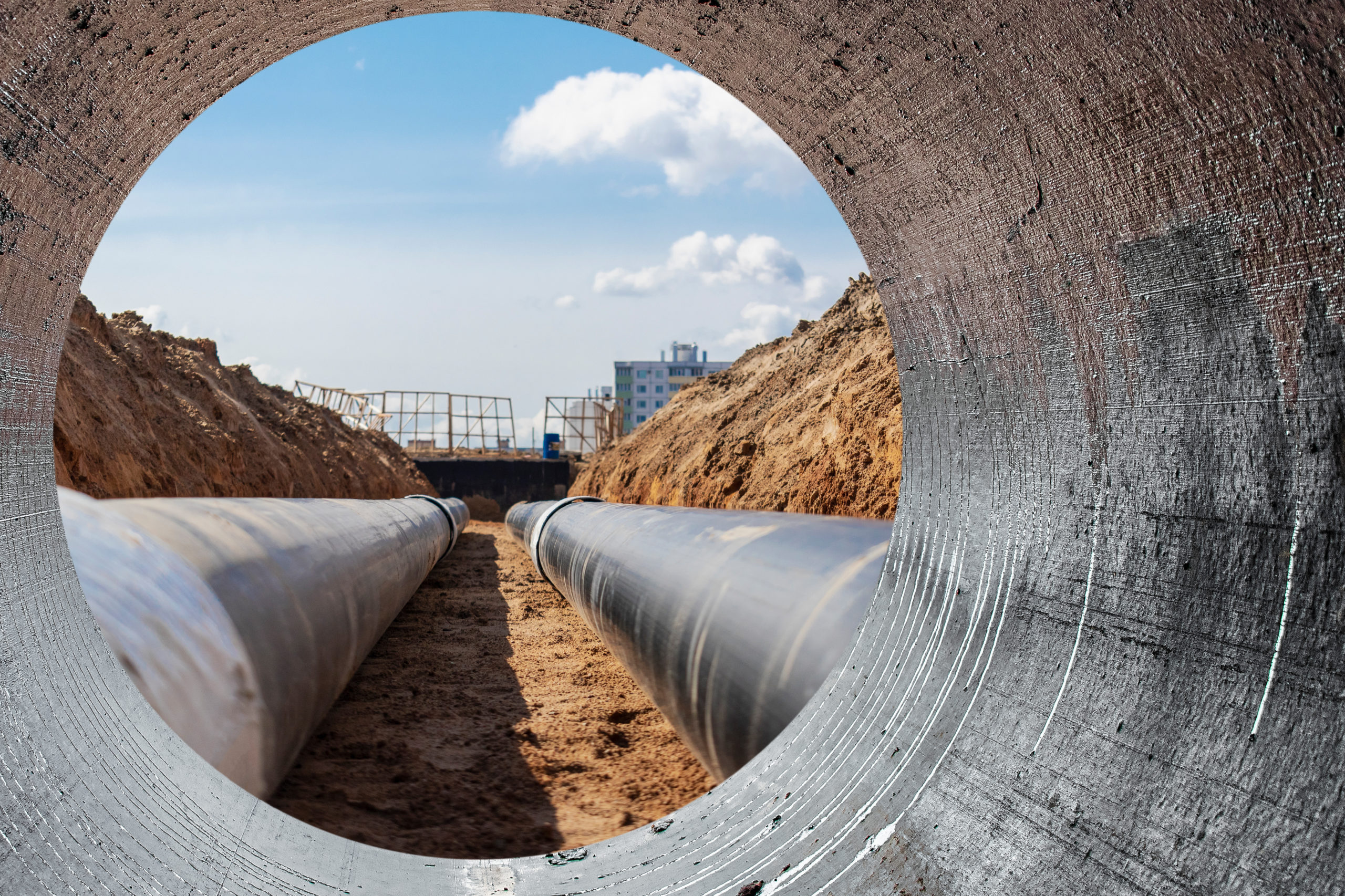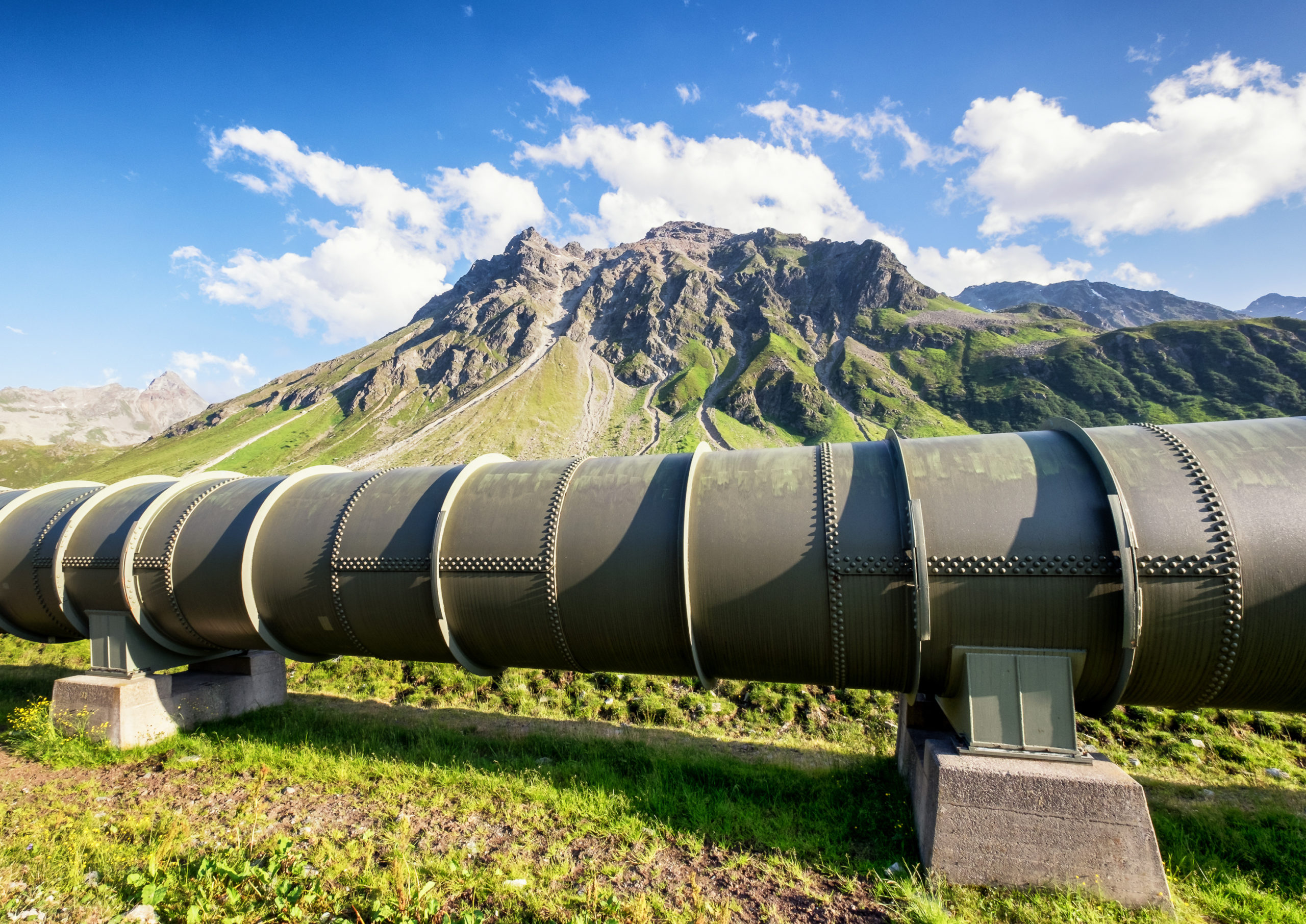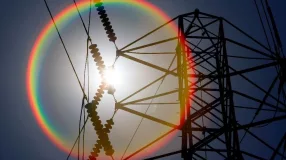A study conducted by the National Weather Service found that extreme heat is the primary contributor to weather-related fatalities when analyzing a 30-year average. As the hottest days of summer draw near, it is critical that Americans have access to reliable, affordable electricity to keep their air conditioners, refrigerators and other large appliances running. Fortunately, clean-burning, efficient and affordable natural gas is helping to keep the power on at homes and businesses during critical times.
Both the design of the U.S. pipeline network and the physical properties of natural gas “effectively minimize the likelihood and severity of service disruptions,” according to a recent report by the Natural Gas Council. Because pipelines are primarily underground, they are largely protected from the effects of extreme weather – and in the rare event of a disruption, the system’s interconnectivity typically provides multiple pathways to reroute natural gas deliveries. Meanwhile, a property of natural gas called compressibility allows operators to pack a pipeline with the gas molecules needed to meet peak demand and to provide an operating cushion in the rare event of an upstream disruption.
Because of the flexibility and reliability of the natural gas pipeline network – as well as the abundance of natural gas in the United States – consumers enjoy reliable power and lower energy costs during hot summers as the share of electric power generation fueled by natural gas increases.
In 2016, natural gas surpassed coal-fired power generation on an annual basis for the first time. This growth in gas-fired power generation has continued due to a confluence of factors – primarily the retirement of older coal-fired plants in favor of natural gas-fired generation. Between 2017 and 2018, U.S. natural gas consumption increased by 10 percent, reaching a record high of 82.1 billion cubic feet per day. This sharp uptick in consumption was driven chiefly by the electric power sector, which accounted for 35 percent of total domestic consumption. Unsurprisingly, natural gas made up over one-third of utility-scale electricity generation in 2018.
This summer, the share of electricity generated using natural gas is likely to be even higher than in 2018. The U.S. Energy Information Administration (EIA) forecasts showing that natural gas-fired power plants will generate 472 million MWh of electricity, or 2.5 percent higher than in the summer of 2018. Additionally, while EIA estimates that nationwide natural gas will account for 40 percent of total electricity generation this summer, in the South and the Northeast, natural gas-fired electricity is expected to climb as high as 49 and 50 percent, respectively.
Our natural gas abundance will ensure that electricity will remain affordable as gas-fired generation increasingly displaces coal-fired generation in states like Ohio. Before the shale revolution, natural gas prices in Ohio, one of the top 10 natural gas-consuming states in the country, reached a high of $10.66 per thousand cubic feet. Since then, the development of hydraulic fracturing and other technologies has enabled natural gas production to rise, steadily decreasing the price of natural gas for Ohio consumers to less than $4 per thousand cubic feet.
According to the Consumer Energy Alliance, between 2006 and 2016, Ohioans saved more than $40.2 billion on energy costs overall, with residential consumers saving nearly $15 billion and commercial and industrial users saving close to $25.3 billion. As more natural gas-fired plants come online, the share of electric demand met by natural gas will rise, creating additional opportunities for American consumers to benefit from the natural gas abundance.
The benefits provided by natural gas could help mitigate the worst impacts of extreme heat. Consumers and businesses should welcome the increase in the amount of electricity generated by natural gas.
Thanks to natural gas, Americans can count on lower energy costs and reliable power this summer – remaining comfortable and with less anxiety about their energy bills.








